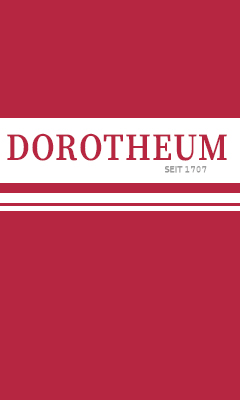Reichsbahn Pay Group 6 Passants
SKU: 72.GOR.03.02.01.01.03.006
Estimated market value:

Estimated market value:
Attributes
History
The Deutsche Reichsbahn (German National Railway) was created after the First World War in 1920 by combining the formerly independent state railways of the abolished German Empire into a national organisation. Under NSDAP rule, the German state railway system was reorganised in the 1930s to better meet the needs of the economy and to prepare for war, eventually supplying the front lines with soldiers and supplies. The Reichsbahn also had an infamous role to play in the Holocaust, transporting Jews and other “undesirables” to concentration and extermination camps.
The Bahnschutzpolizei (railway protection police) was founded in 1939 as a merger of the Bahnpolizei (railway police) and the Reichsbahnschutz (railway protection force), the latter being regular railway employees that, beyond their normal functions, additionally served as railway security personnel.
The Bahnschutzpolizei as a railway sub-organisation was made up of policemen that were employed by the Reichsbahn rather than the German police force. Their task was to ensure railway safety as well as preventing railway-related espionage and sabotage. During the war, most members of the Bahnschutzpolizei served in the occupied Eastern European territories.
In July of 1941, passants (Passanten/Schulterquerstege) were introduced as replacements for shoulder boards. They were rectangular and measuring 40x80mm, somewhat reminiscent of collar tabs. All were to have red cloth underlay. Rank pips, if applicable, were in the form of eight-sided silver-coloured metal rosettes, the same ones that were used on the shoulder boards.
Passants were planned for all pay groups, but initially they were only handed out to the highest pay groups, 1 through 5. Later, small numbers were also available to pay groups 6 through 8. Passants for pay groups lower than these were designed, but never produced or distributed due to material shortages caused by the war, eventually leading to all passants being discontinued. For this reason, the passants for pay groups lower than 8 will not be addressed here.
The passants experiment had failed and they were eventually officially discontinued in November of 1943. Those that had received them were ordered to revert to wearing shoulder boards, just like all other ranks.
Passants that were distributed are as follows:
Pay group 1&1a passants are gold-coloured with a raised gold-coloured border and a line of three pips.
Pay group 2 passants are of the same design as the rank above, except that they only feature two rank pips.
Pay group 3&4&4a passants are of the same design as the rank above, except that they only feature one rank pip.
Extrabudgetary pay group 3 passants are of the same design as the rank above, except that they don’t feature any rank pips.
Pay group 5 passants are gold-coloured with a outer raised gold-coloured border and an inner flat dark blue border.
Pay group 6 passants are dark blue with an outer and an inner raised gold-coloured border, as well as two pips.
Pay group 7 passants are of the same design as the rank above, except that they only feature one rank pip.
Pay group 7a&8 passants are of the same design as the rank above, except that they don’t feature any rank pips.

Versions
N/A


Comments
Sign in to comment and reply.


Scroll Top